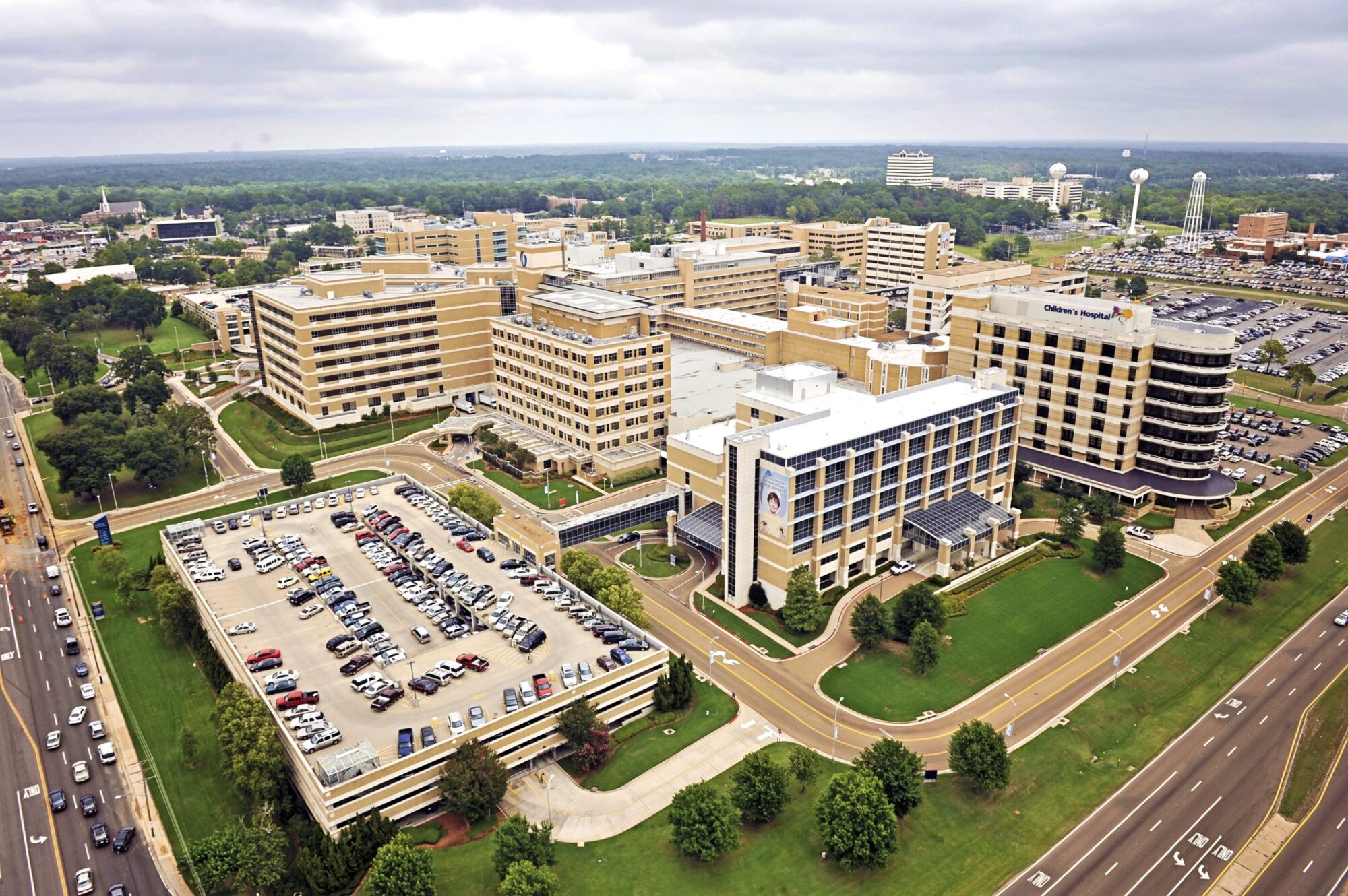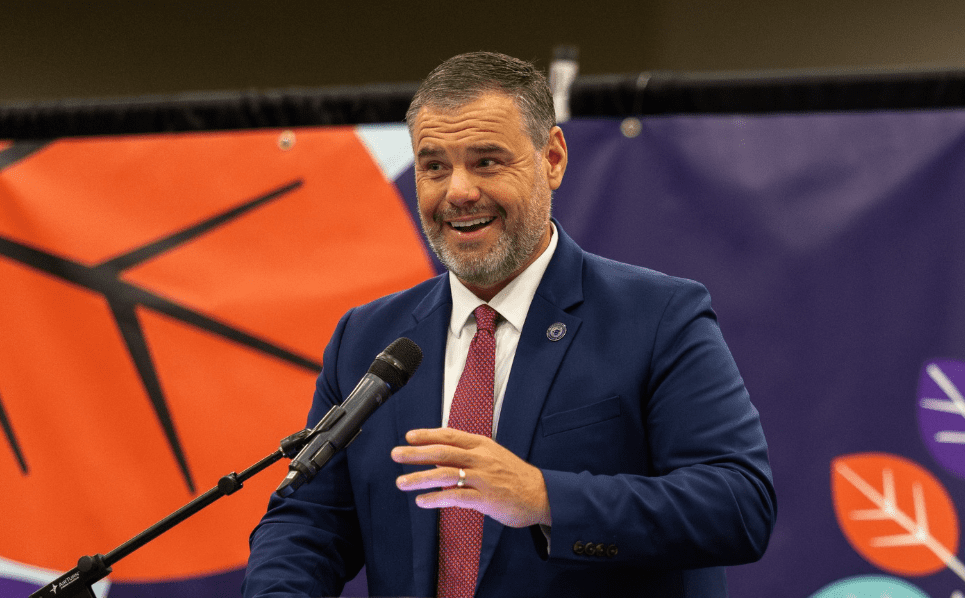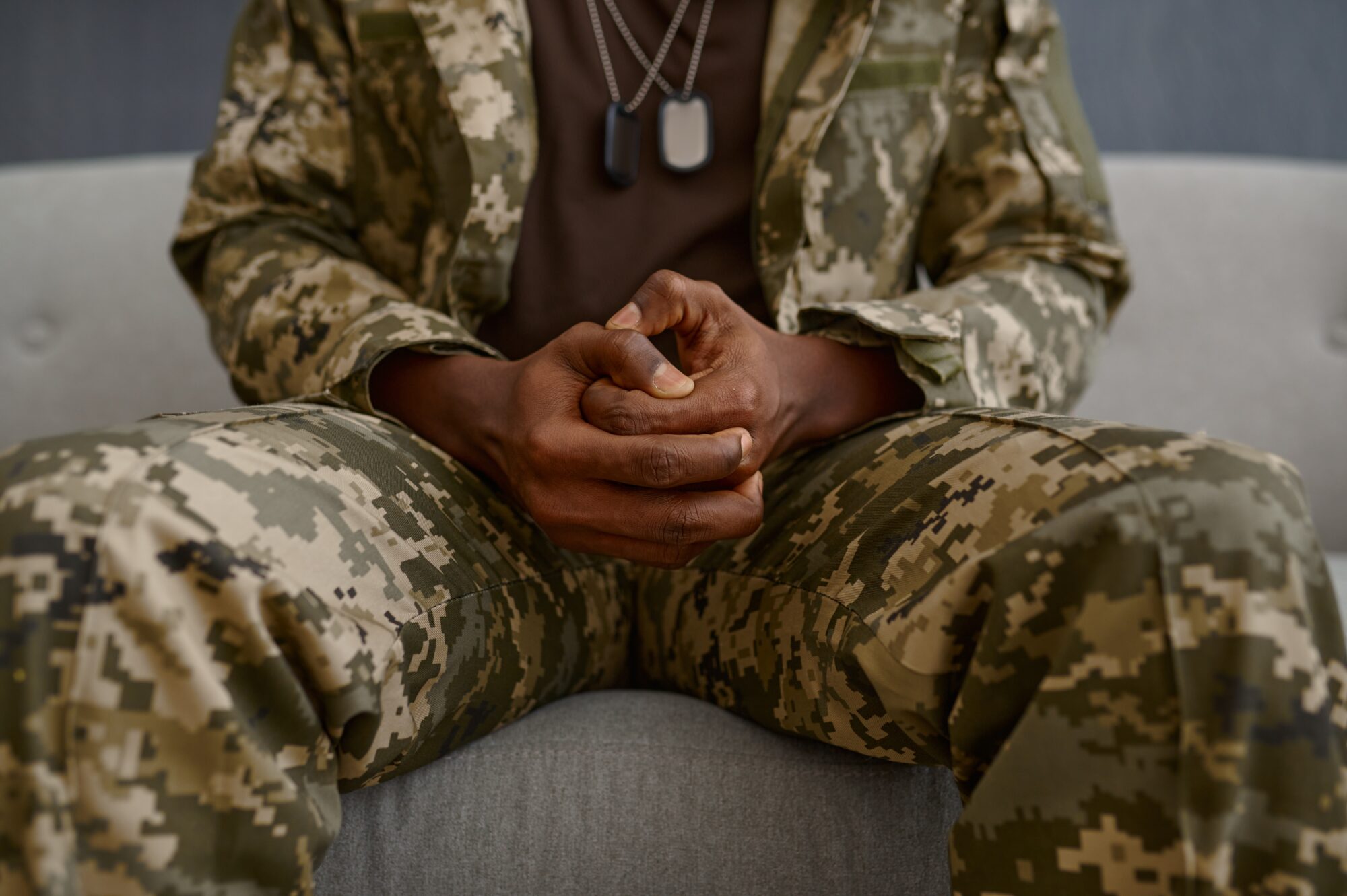
University of Mississippi Medical Center in Jackson.
The University of Mississippi Medical Center’s Chief Medical Officer recently appeared before the IHL Board touting the safety improvements at the hospital.
Members of the Mississippi Institution for Higher Learning’s Board of Trustees recently heard from administrators at the University of Mississippi Medical Center (UMMC) about an increase in the facility’s safety score.
The information was presented to the Board on November 15 by UMMC Chief Medical Officer Dr. Lisa Didion who told the members that the hospital currently holds a grade of B for the fall of 2023 as part of the Leapfrog Group’s Hospital Survey. The grade is an increase from the previous grade of C issued in the spring of this year.
According to Leapfrog’s website, grades are issued based on results from a survey that gathers information on C-Section rates, safe health care practices, surgical volumes, ICU staff levels, rates of infections related to hospital care, and the use of barcode technology to reduce errors when administering medication. Results are compiled and compared with “national performance measures to evaluate individual hospitals on safety, quality and efficiency.” Leapfrog says the data and findings from the survey provides consumers with potentially life-saving information on hospital quality.
“So, how Leapfrog works is we actually get a numerical grade and then subsequently a letter grade to accompany it,” Dr. Didion said.
The letter grading system ranks hospitals from A to F, based on a numerical scale of 1.323 to 4.005. The highest grade for a B is 3.201, meaning the lowest grade for an A is 3.202.
“Our numerical grade was a 3.1806. So, we are much closer to an A than we are a C. I’m very, very proud of this,” she said.
When the ranking system began back in 2015, the hospital had a much lower grade.
“I show this graph to our folks at the medical center, and I say this is an illustration of persistence. We started this journey at an F, the lowest we can be, back in 2015, and consistently and persistently worked towards a goal. I think what’s hidden in here is the idea of patience as well,” Didion said.
When compared to grades received by other peer organizations in the southeast, UMMC received one of the highest grades, with the hospital at the University of Arkansas also earning a B.
In terms of infections that occur within the hospital’s care, improvements were also noted.
“Particularly in surgical site infections, and then some of the complications we can see particularly with long lengths of stay,” Didion stated.
The other metrics stayed the same from previous ratings. Didion attributes the improvements in some areas and steady grade in the remaining metrics to the staff and administration identifying priorities and making them public in order to hold staff accountable for their performance.
“And the transparency that we’ve developed has really laid the groundwork, not only for the work we do in quality but for all the other areas of the organization where we work on performance improvement,” Didion added.
To demonstrate how the staff developed a culture of safety within the hospital, Didion showed a slide of an arch comprised of several blocks. Safety was displayed as the keystone at the top of the arch, surrounded by engagement, time, quality, patient experience, cost and staff wellbeing.
“We want all these other things to be great. We want our employee engagement to be great, we want the wellbeing of our providers and our staff to be as high as it can be. We want an excellent patient experience, but we have to do safety first to get all those things to be excellent,” Didion explained.
When everyone shares the same beliefs and values, it creates a culture of safety that shapes behaviors, which lead to outcomes, she told members.
“We will never have zero errors. When it requires humans, we are going to make errors, but it’s developing the systems and the culture so that when errors happen, they don’t reach the patient,” Didion said.
Each year new programs and processes are added to the safety culture of the facility. Every 18 to 24 months, the safety culture is measured through a survey completed by medical staff and physicians. That score came out to be 3.87 for 2023, a tenth of a percentage point higher compared to results from the previous survey conducted in 2020, Didion said. The national average is 3.96.
“And we’re not too far below the national average. You have to remember what time of the year, what time of the era this was. We were just coming out of COVID. We really saw this as a win, that our staff, our physicians, really felt like we still had it together. We didn’t lose anything after we came out of the pandemic,” Didion elaborated.
In the coming year, she said administrators will continue to measure the safety culture in part by listening to input from front line staff and physicians.
“We can’t do value if we can’t get quality and safety right,” Didion said.
To read the full Leapfrog assessment, click here.











